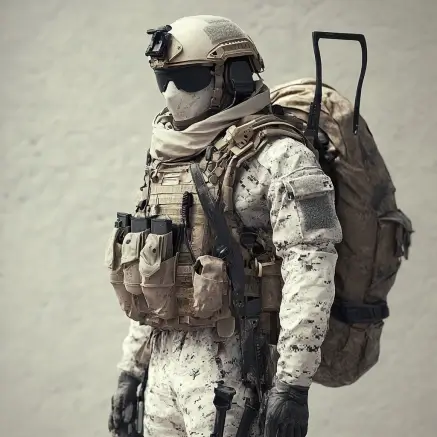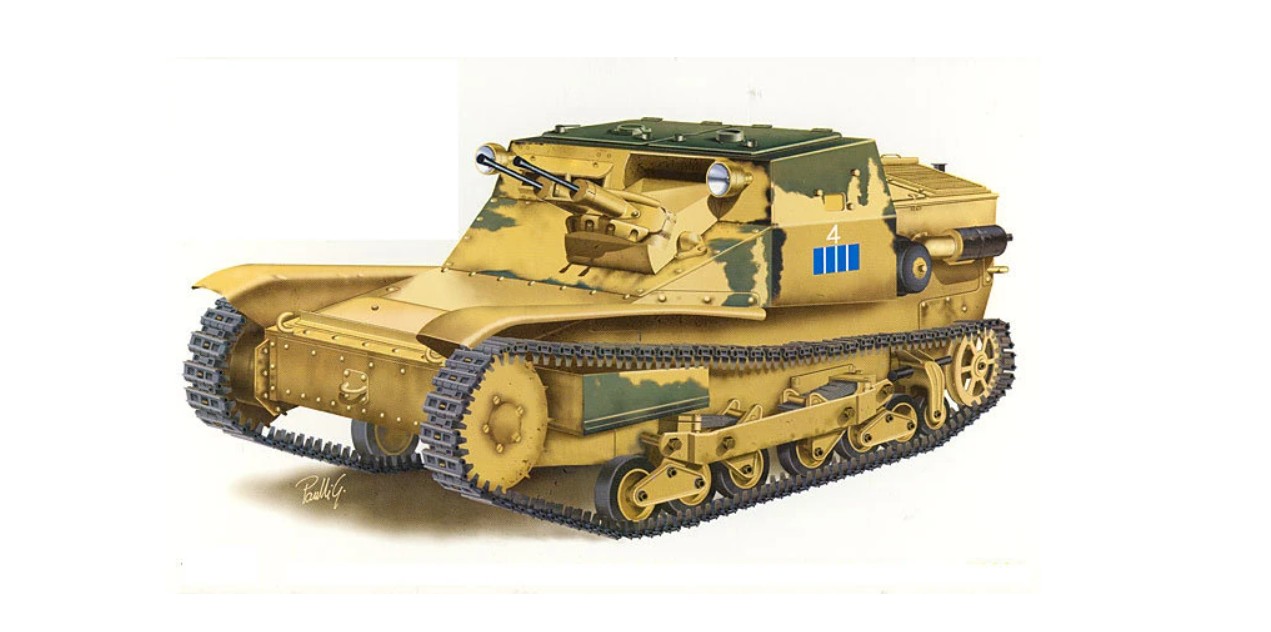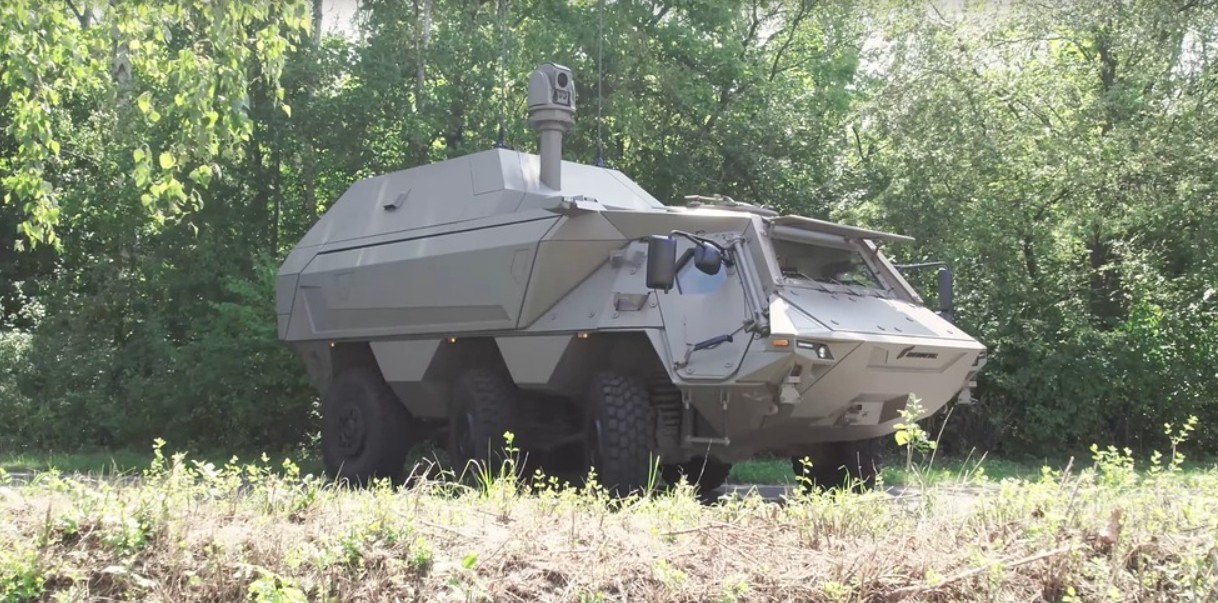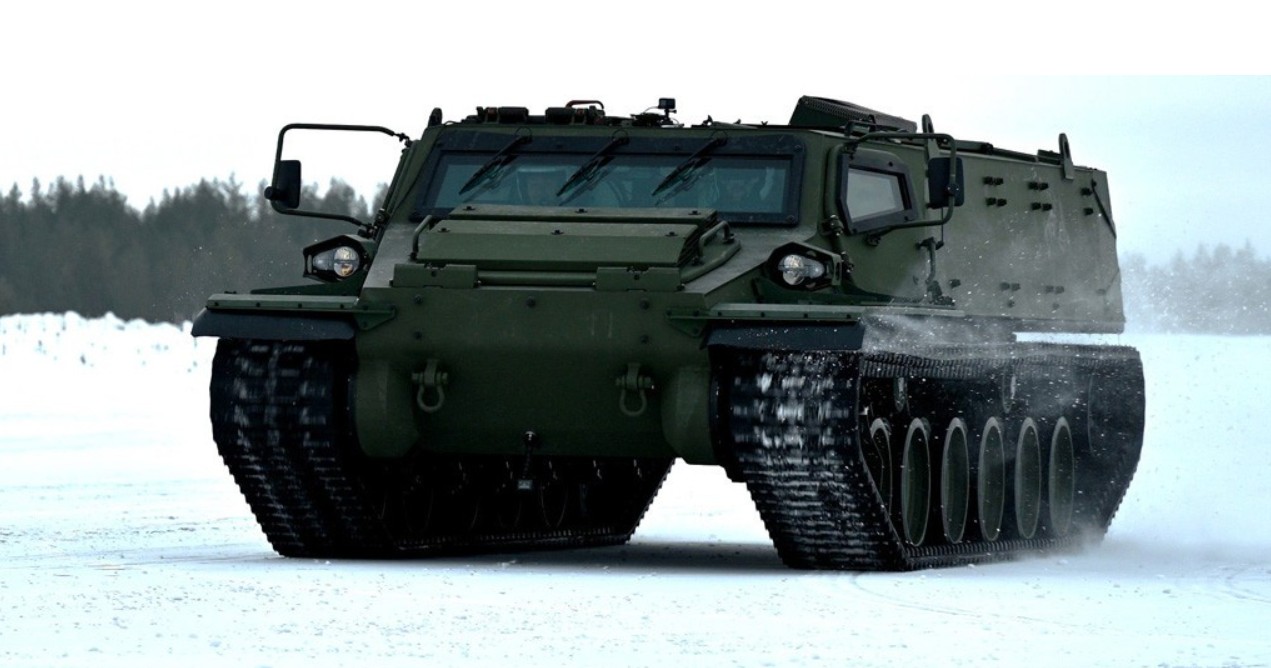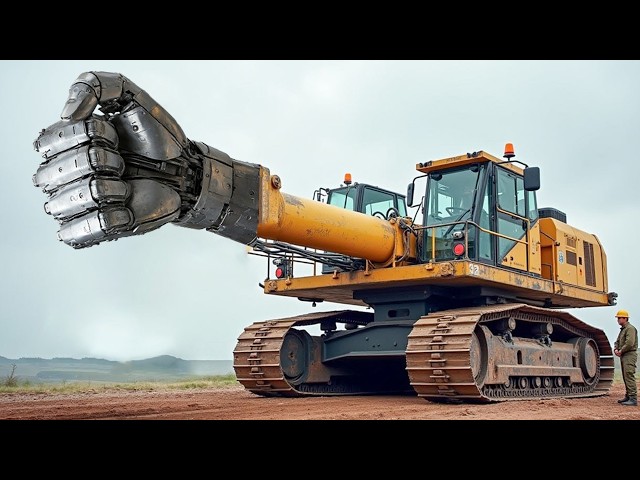The concept of the combat load has evolved considerably from the days of heavily armored knights to the modern soldier equipped with high-tech gadgets. Today’s combatants rely on an array of tactical gear that not only includes weapons but also cutting-edge technology and protective equipment designed to enhance their effectiveness and protection in diverse theaters of battle.
The Evolution of Combat Gear
Throughout history, warriors have had to adapt their equipment to the changing nature of warfare. From ancient times when warriors carried swords and shields to today’s modern soldiers equipped with lightweight armor and advanced weaponry, the evolution has been nothing short of revolutionary.
The traditional image of a heavily burdened soldier has been replaced by streamlined gear that optimizes mobility and endurance. This transformation has been driven by advances in materials science, communications technology, and a deeper understanding of combat environment needs.
Essentials of a Modern Combat Load
- Personal Weapons: The primary weapon for most infantry soldiers is typically an automatic rifle, such as the M4 or AK-74, tailored for combat needs. Sidearms, such as pistols, often accompany these rifles.
- Body Armor: Modern body armor systems, such as the Modular Scalable Vest (MSV), provide critical protection against ballistic threats while allowing customization for different mission requirements.
- Communications Gear: Effective communication is vital. Devices such as the AN/PRC-154 Rifleman Radio provide secure, real-time connectivity in the field.
- Navigation and Optics: High-tech GPS devices and night vision goggles (NVGs) allow soldiers to navigate and engage targets effectively in any condition.
- Lifesaving Equipment: Kits like the Individual First Aid Kit (IFAK) are standard issue, equipped to handle battlefield injuries immediately.
Technological Advancements
Technology plays a vital role in defining the modern combat load. Innovations in satellite technology, computing, and materials have drastically improved soldiers’ capabilities on the battlefield. Lightweight materials such as Kevlar and advanced composites have significantly reduced the weight of protective gear without sacrificing protection levels.
Wearable Tech has emerged as a crucial component of the modern combat load. From smart watches capable of monitoring vital signs to heads-up displays that relay mission-critical information directly into the soldier’s field of vision, these advanced technologies provide a tactical edge.
Key Equipment Specifications
| Equipment | Specifications |
|---|---|
| M4 Carbine | Caliber: 5.56mm, Weight: 6.44 lbs, Rate of Fire: 700-950 rounds/min |
| Modular Scalable Vest (MSV) | Weight: 25 lbs (with ballistic inserts), Modular design for agility and protection |
| AN/PRC-154 Radio | Frequency Range: 225 to 450 MHz, Encryption: Built-in NSA Type 1 |
| NVD (Night Vision Device) | Generation: 3, Range: Up to 300 meters |
The Human Element
Despite technological advancements, the human element remains central to the effectiveness of a combat load. Soldiers must be proficient in using their gear and maintaining it under demanding conditions. Training programs focus on integrating technology with tactics to ensure soldiers can maximize the potential of their equipment in real-world scenarios.
Furthermore, the psychological and physical burden of carrying a combat load must be managed. Military units adopt stringent training regimens to build resilience and endurance, minimizing fatigue and enhancing performance under stress.
Challenges and Considerations
While modern technology provides numerous advantages, it also presents new challenges. Dependence on technology can be a double-edged sword; issues like equipment malfunction or electronic warfare tactics designed to disrupt communication can significantly impair combat capability.
Another consideration is the financial cost of equipping each soldier. The development and procurement of advanced equipment entail significant investment, which must be balanced against other military priorities and budget constraints.
Adapting to diverse environments, such as urban landscapes or arid regions, also demands flexibility in gear. Soldiers often need to tailor their load-outs to the specific requirements of the mission and the environment to which they’re deployed.
The Future of Combat Loads
Looking forward, the development of combat loads is set to become even more interconnected with technological advancements. Research is underway into exoskeletons that could enhance soldiers’ strength and stamina, potentially revolutionizing how combat loads are carried.
Artificial intelligence also promises to redefine battlefield strategies, integrating data from various sources to provide soldiers with real-time, actionable insights. The focus is increasingly on networked warfare, where information superiority can provide a decisive advantage.
The future of combat loads is exciting and continually evolving, driven by the need to equip soldiers with the best tools to maintain strategic and tactical advantages on an ever-changing battlefield.
